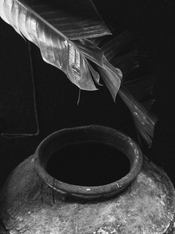I found these photos of filmmaker David Lynch and I really like the dark tonality, lack of details in the shadows, yet not completely deep blacks.
I’m not an expert in analog photography, still learning, but I’d guess this could be HP5 or Tri-X pushed 2 stops. Not sure what developer, I really used only Xtol and D-76.
Of course these must be darkroom prints scanned, rather than negatives converted digitally, what I do at the moment, so this probably adds to the tonality.
I found that these photos were made in 90s and early 2000s.
I’m not an expert in analog photography, still learning, but I’d guess this could be HP5 or Tri-X pushed 2 stops. Not sure what developer, I really used only Xtol and D-76.
Of course these must be darkroom prints scanned, rather than negatives converted digitally, what I do at the moment, so this probably adds to the tonality.
I found that these photos were made in 90s and early 2000s.












